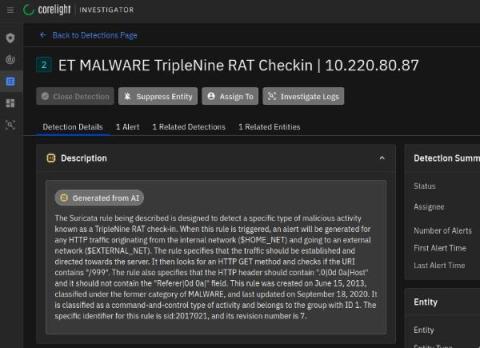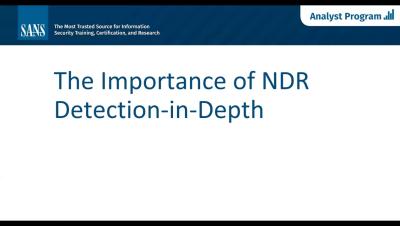Black Hat NOC USA 2023: Five takeaways for SOC teams
During this year’s Black Hat in Las Vegas, I learned (or was reminded of) many lessons working alongside my Corelight colleagues and Black Hat Network Operations Center (NOC) teammates from Arista, Cisco, Lumen, NetWitness and Palo Alto Networks. The uniqueness of standing up a full security stack and NOC in such a short time with a team that comes together infrequently really forced me to consider how team processes and communication affect NOC/SOC efficiency and effectiveness.









